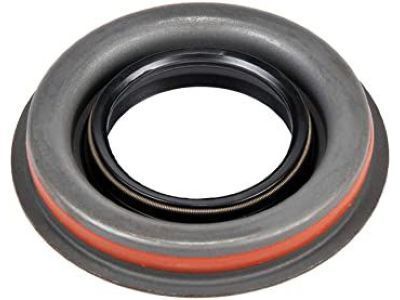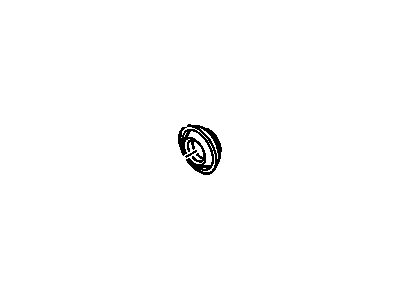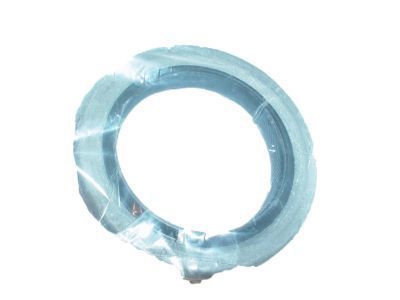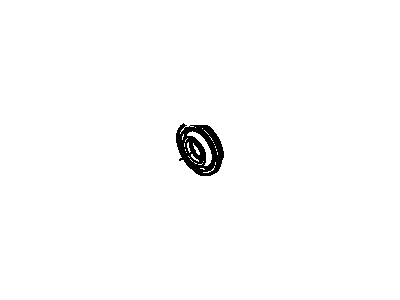
My Garage
My Account
Cart
Genuine Chevrolet El Camino Differential Seal
- Select Vehicle by Model
- Select Vehicle by VIN
Select Vehicle by Model
orMake
Model
Year
Select Vehicle by VIN
For the most accurate results, select vehicle by your VIN (Vehicle Identification Number).
3 Differential Seals found
Chevrolet El Camino Seal, Differential Drive Pinion Gear
Part Number: 26026792$20.72 MSRP: $34.10You Save: $13.38 (40%)Ships in 1-2 Business Days
Chevrolet El Camino Differential Seal
Each OEM Chevrolet El Camino Differential Seal we offer is competitively priced and comes with the assurance of the manufacturer's warranty for the part. Furthermore, we guarantee the speedy delivery of your orders right to your doorstep. Our hassle-free return policy is also in place for your peace of mind.
Chevrolet El Camino Differential Seal Parts Questions & Experts Answers
- Q: How to replace the differential seal on Chevrolet El Camino?A:To replace the pinion oil seal on a vehicle, first, place the vehicle over an inspection pit or raise the rear end to provide working clearance. Disconnect the driveshaft and tie it to the body sideframe to prevent it from sliding out of the transmission. Use a torque wrench to check the torque required to rotate the pinion and record this for later use. Scribe or dot punch alignment marks on the pinion stem, nut, and flange for proper reassembly. Count the number of threads visible between the nut and pinion stem and record this as well. Use a suitable tool to hold the pinion flange still while removing the self-locking pinion nut. Unscrew and remove the nut, then withdraw the companion flange using a two or three-legged extractor if necessary. Do not attempt to lever behind the deflector or hammer on the pinion stem. Pry out the old seal and discard it. Lubricate the lips of a new seal with lithium-based grease and tap it into position, ensuring it enters the housing squarely and to its full depth. For installation, align the mating marks made earlier and install the companion flange, using a spacer if needed. Apply a non-hardening jointing compound to seal any oil seepage. Install the thrust washer and nut, tightening the nut carefully to expose the original number of threads. Measure the torque required to rotate the pinion and tighten the nut slightly until it matches the recorded figure. To compensate for the new oil seal, further tighten the nut so that the rotational torque of the pinion exceeds the recorded value by 1 to 5 lbs-in. Reconnect the driveshaft, install the brake drum and wheel, and lower the vehicle.












